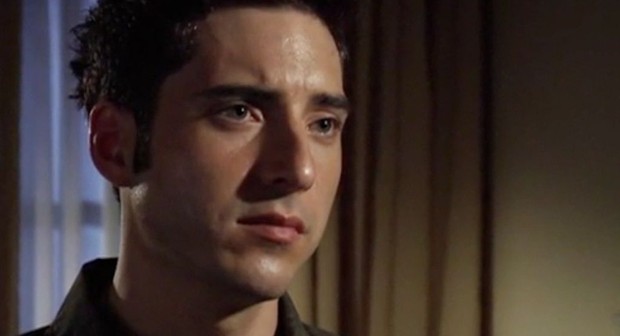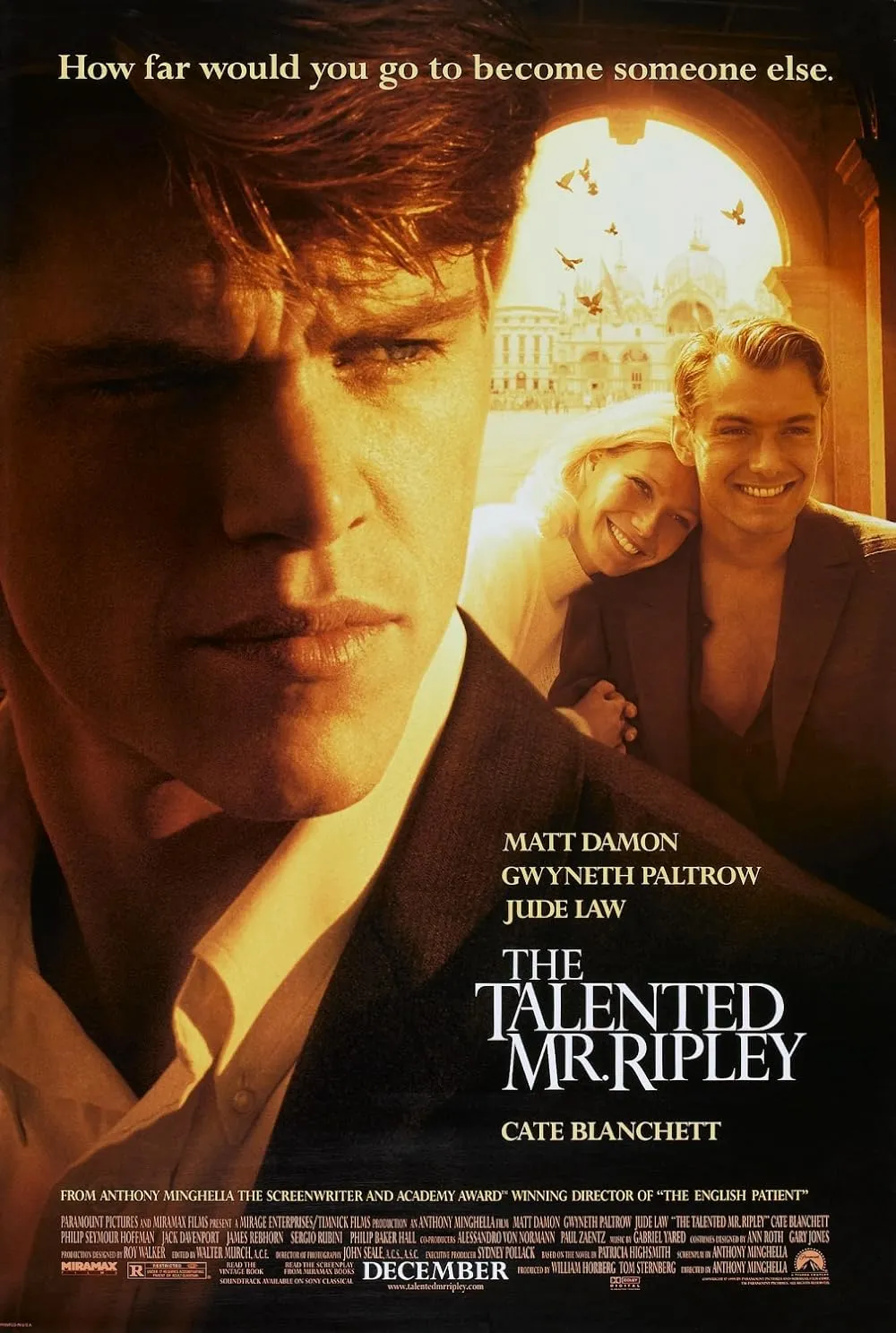👉Full movie at end of the post
In Thirteen or So Minutes, a chance meeting between two seemingly straight men—Lawrence Jefferies and Hugh Greerey—serves as the catalyst for a deeply intimate and unexpected encounter. Set in a single location and unfolding almost in real time, the film captures the rawness of the moment as the two characters move from casual conversation to an unplanned sexual connection. Their interaction is devoid of artifice; it begins simply, almost awkwardly, and quickly evolves into something emotionally charged and profoundly revealing. This encounter becomes not just physical, but existential, as it opens a space for both men to confront their preconceived ideas about attraction and identity.

Following their moment of physical intimacy, Lawrence and Hugh find themselves in unfamiliar emotional territory. The film shifts focus from action to introspection, as both characters begin to unpack the meaning of what just happened. Their dialogue is open and vulnerable, expressing surprise, confusion, and a quiet kind of wonder at the connection they have forged. The pacing slows, allowing the audience to feel the weight of silence and the significance of every word spoken. This reflective segment underscores how such a brief encounter can ripple with lasting emotional impact, blurring the lines between sexual orientation and human connection.
Rather than offering definitive answers, the film invites viewers to consider the fluidity of identity. Lawrence and Hugh do not suddenly redefine themselves as gay or bisexual, nor do they attempt to rationalize their experience with labels. Instead, the film presents identity as something inherently complex and evolving. The characters grapple with their emotions in real time, displaying an honesty that challenges rigid conceptions of masculinity and sexuality. In doing so, Thirteen or So Minutes becomes a meditation on how identity can be influenced by context, emotion, and individual chemistry.

One of the film’s most poignant strengths is its portrayal of vulnerability, particularly among men. In a society that often discourages emotional expression in male relationships, the candidness with which Lawrence and Hugh speak is disarming and powerful. They expose their fears, their confusion, and even their insecurities, without resorting to defensiveness or denial. This vulnerability does not weaken them; instead, it deepens their connection and creates a space for empathy and mutual understanding. The film quietly argues that emotional honesty is not only courageous, but essential to meaningful human interactions.

The film concludes not with dramatic declarations or resolutions, but with a soft, emotionally resonant moment—a simple embrace. This ending resists the urge to categorize or explain what the characters have experienced. Instead, it leaves their relationship suspended in a space of possibility, where the meaning of their connection is not fully defined but deeply felt. Through this tender closure, Thirteen or So Minutes offers a contemplative look at how brief moments can change us, suggesting that human connection—no matter how fleeting—can be transformative, challenging, and ultimately, deeply human.

-1740965198-q80.webp)

-1740281759-q80.webp)